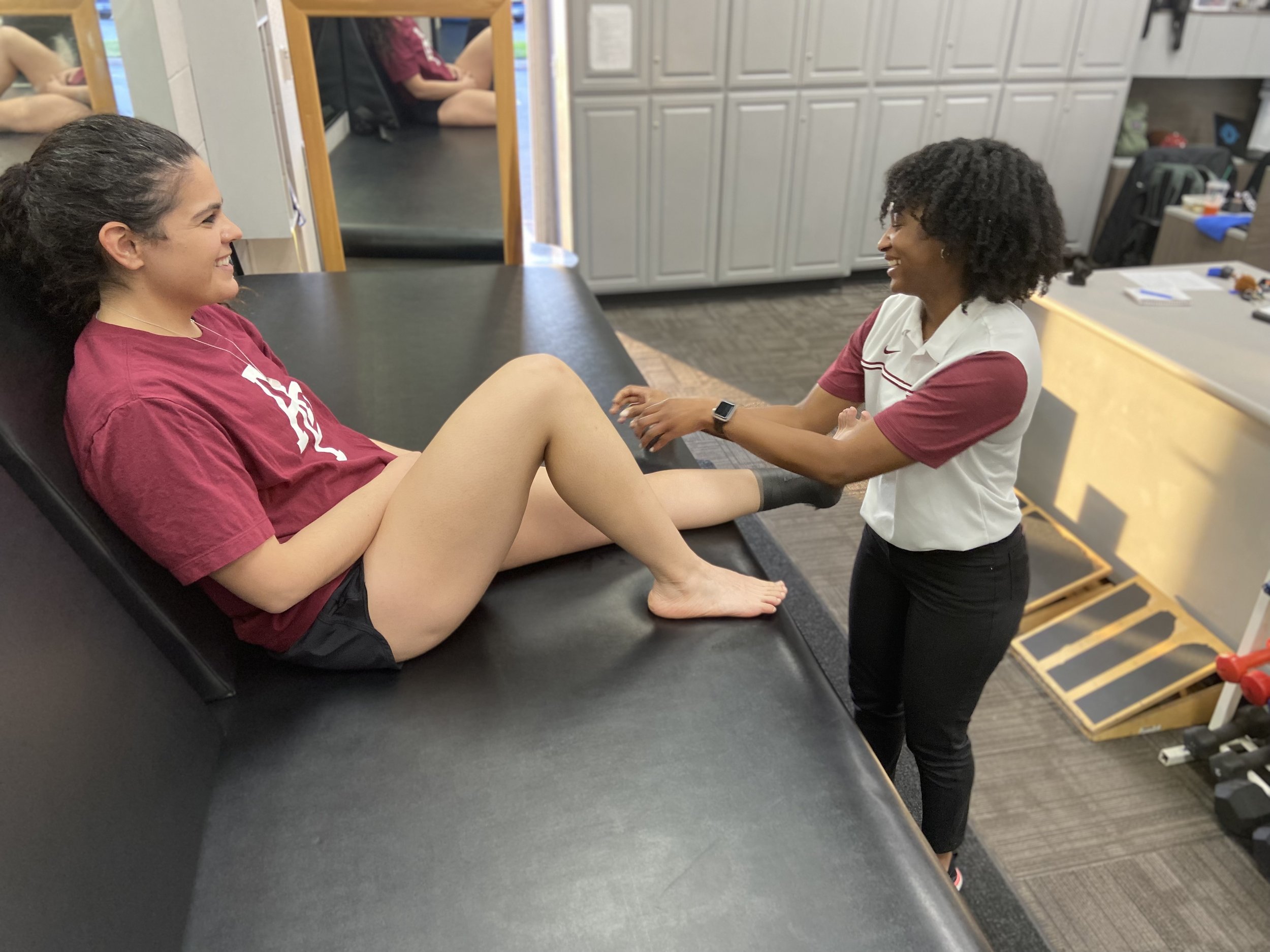
Per Diem Rate Justification
Updated: March 2024
Current certified athletic trainers in California have increased liability exposure due to the lack of state regulation and must ensure that they follow state laws regarding concussions, automated external defibrillators (AEDs), emergency action plans, and other legal requirements. The CATA also recommends that all per-diem athletic trainers purchase professional liability insurance. This minimum recommended per diem pay rate was determined through evaluation of several resources related to hourly pay for certified athletic trainers throughout the country and state of California. This data included, but was not limited to:
2020 median pay across numerous states for per diem services, adjusted for inflation, of $53.00/hour (NATA Salary Survey), however this does not reflect the higher cost of living in the state of California.
Increased costs of professional liability services.
Cost of living adjustments compared to other states and by region in California.
This rate does NOT include any expenses related to health care supplies (e.g., athletic tape, crutches, or emergency equipment) that the host athletic or community-based event should make available to the certified AT. In the circumstance where the host athletic or community-based event cannot provide an appropriate amount of health care supplies, it is recommended for the certified AT to negotiate before the work for a higher pay rate and/or to be reimbursed for any additional expenses necessary for the AT to provide appropriate health care.
Employers Hiring Athletic Trainers
The CATA highly recommends that employers hire only Board Certified Athletic Trainers to decrease their liability exposure. Employers can quickly check the certification status of a potential candidate below.
Certified Athletic Trainers have appropriate education and certification to provide the best possible care for their patient population. Certified Athletic Trainers hired can provide a variety of health care services including, but not limited to:
Preventative wrapping and bracing
Emergency Care
Injury Evaluation and Triage
Treatment and Rehabilitation
Referrals to other appropriate health care providers
